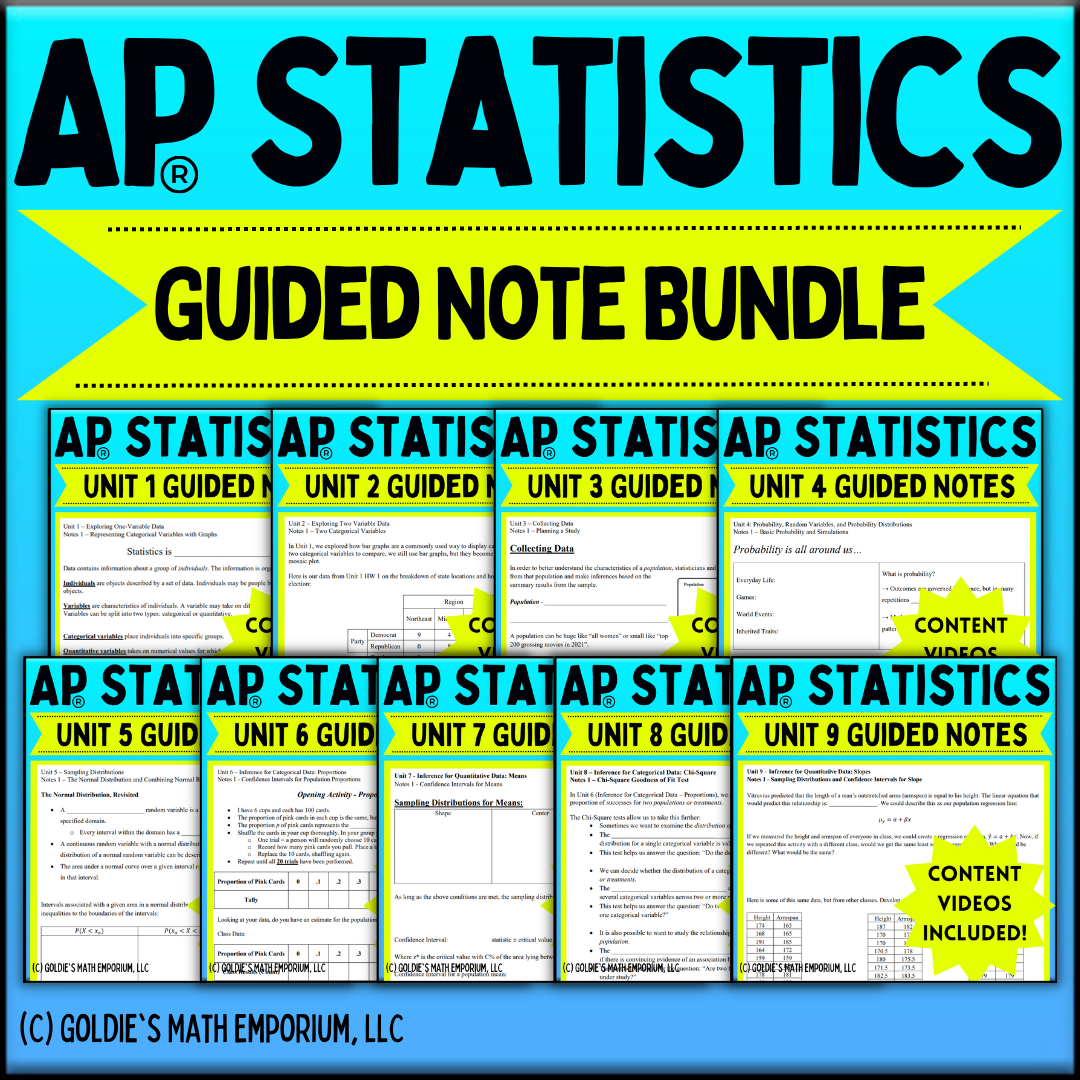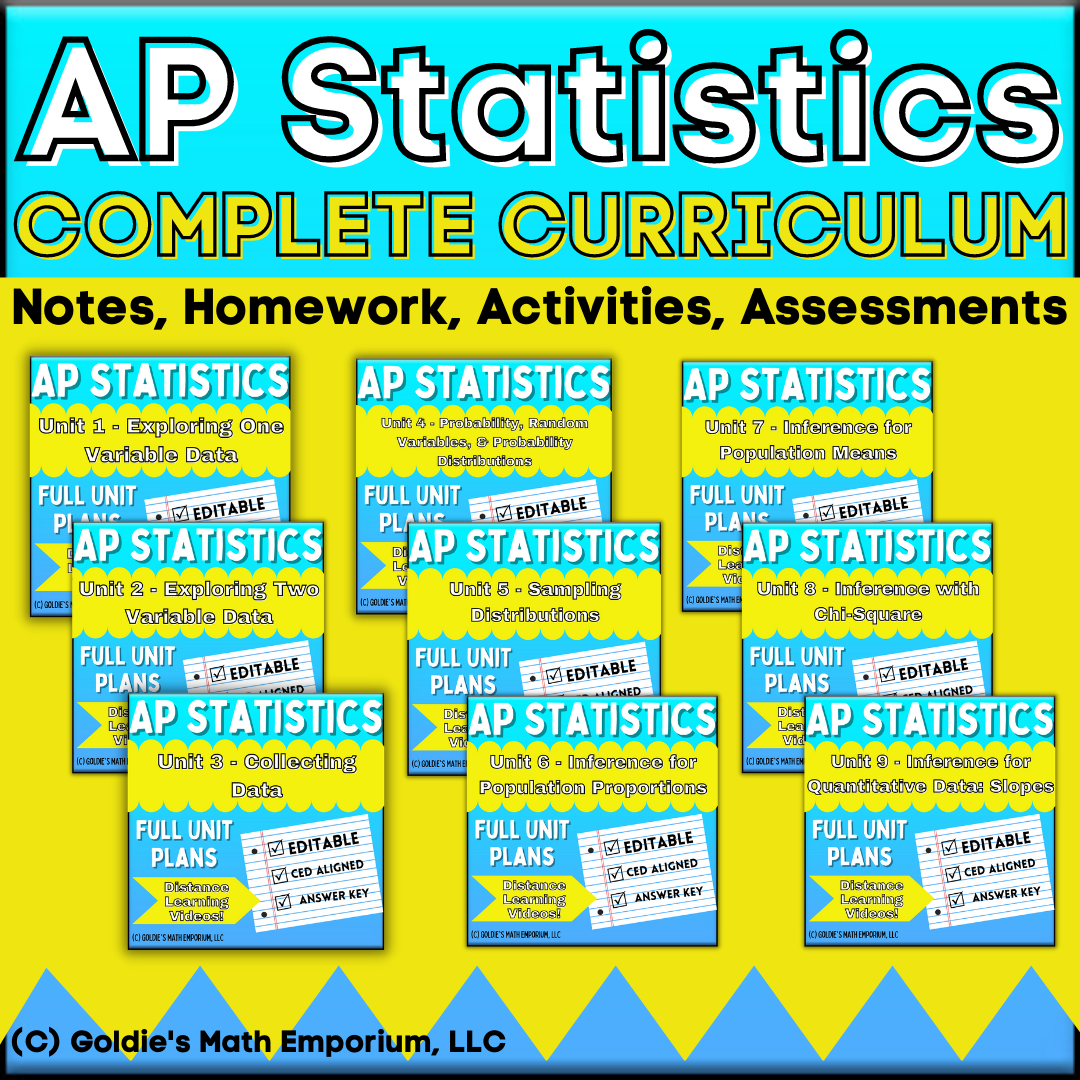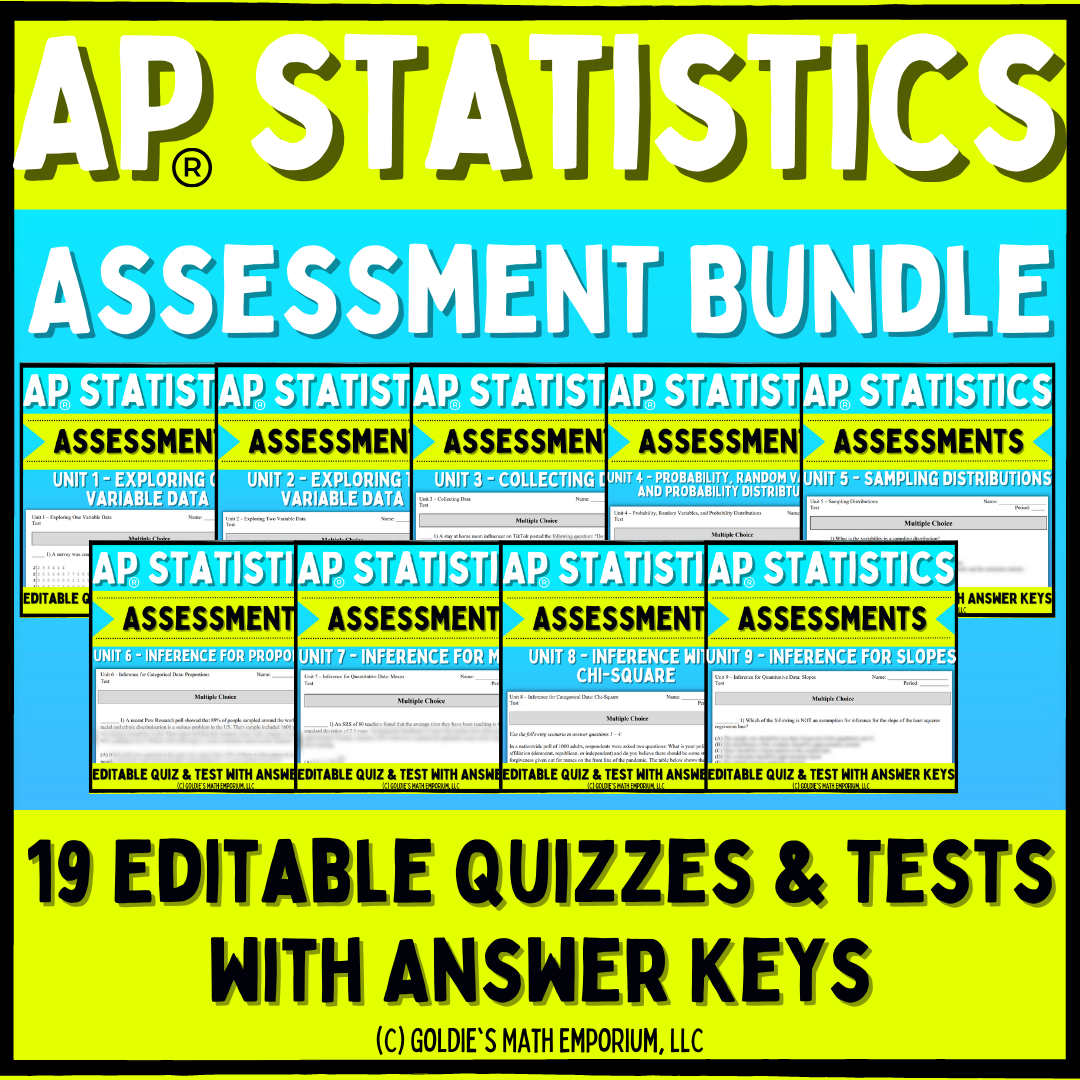Ready to introduce linear regression to your AP Statistics students? Check out this FREE activity: Vitruvian Man!
Read on to see how I implement this in my own classroom, and how it can be a go-to activity for you!!
Background
I always wanted a unique way to approach our linear regression unit. In our school, many of the students have been exposed to linear regression in Algebra I and Algebra II, so they know how to make scatterplots, they know the “line of best fit” concept, and they have a good understanding of using the line to predict response values. Now, this is what they SHOULD be able to do but we all know how students come in and claim to never have seen a topic.

Enter my Vitruvian Man activity! At this point in their high school careers, I’m sure many have seen the famous “Vitruvian Man” painting, pictured in the activity (with the obvious parts omitted ![]() ). This was drawn by Leonardo da Vinci and it was constructed with Vitruvius’s (a Roman engineer) proportions of the “ideal man”.
). This was drawn by Leonardo da Vinci and it was constructed with Vitruvius’s (a Roman engineer) proportions of the “ideal man”.
There are many “ideal” proportions and they are listed in the activity for some fun, but there are two proportions that are highlighted and are at the center of this activity.
The first one is that “the length of a man’s outspread arms (arm span) is equal to his height”. This is the basis for our investigation in part 1 of the activity. The second highlighted proportion is “the length of the hard is one-tenth of a man’s height” and this is going to be explored by students in part 2.
The arm span vs height is an investigation in the following objectives:
- Students will represent and describe (direction, form, strength, unusual features) bivariate quantitative data using scatterplots
- Students will calculate and interpret the correlation for a linear relationship.
- Students will calculate a predicted response value using a linear regression model.
- Students will estimate and interpret parameters for the least-squares regression line model.
As a fun point of discussion towards the end of the activity, I had a doctor friend once tell me that your arm span was “genetically” the height you were supposed to be but your height can be influenced by a lot of things as you grow, and as a result, is not always equal to your arm span.
The Activity
First, we gather data! I use meter sticks to have students measure their height and arm span in centimeters. They help each other out with measuring and writing down their data. I have a spreadsheet displayed on the board and go around and ask for their data. I put it all in the spreadsheet and then they copy down the class data in the table. You can also just have them write down their data in a table created on the whiteboard.
Next, we then create a scatterplot! I go over the following tips for creating a scatterplot:
- Label your axis, making sure to account for all values. Look at what the lowest and highest values are, and make your intervals even on the graph from there.
- It DOES matter which variable goes on the x and which goes on the y, but for this activity, we have height on the x-axis and arm span on the y-axis. We will discuss which goes where in Notes 2.
- Plot the data as ordered pairs once your axes are created and labeled. Each point represents a single person in the class. If two people have the exact same measurements, it will look like a single point, since they will be “on top of each other”.
Most of the students have seen a scatterplot and know how to create one, but it is good to remind them of these points as they create them.
After the scatterplots are created (note at this point, there is no line on the graph, just the points), we have a conversation about direction. Students will be able to see that smaller heights have smaller arm spans and larger heights have larger arm spans. They should visualize how the points seem to be going “uphill”, and that this represents a positive relationship. We discuss a little about what a negative relationship would look like as well, for comparison.
Then, we get into the line of best fits. Vitruvius predicted that the height of a man is equal to the length of his arm span, and we can create a line that models this relationship (slope of 1 with a y-intercept of 0 … y = x). This is a line of best fit, and it is an attempt to create a line that best described the pattern of the scatterplot. We can actually draw many lines of best fit through the data, but there is a “best” line of best fit and that is our least-squares regression line!
The concept of “least-squares” comes from minimizing the square of the residuals between the line and the data points. We discuss this more in Notes 3, but to get the least squares regression line, I have the students use their calculator for the first time.
At this point in the class, they would have not used their calculator for linear regression, but they have used the list feature on their calculator and that is where the instructions in the activity start. They will input both the x data and the y data into the calculator and use LinReg(ax +b) to get the linear regression line.
They will see how this line has a slope that is usually close to Vitruvius’s slope of 1 (the y-intercept is usually off a little more). We will then use this LSRL to predict arm span from height data, as well as interpret the slope and y-intercept in the context of the problem (of course the y-intercept is an example of extrapolation and doesn’t make sense in the context of this problem, but we still discuss it!).
After that, we explore how we can find the LSRL by hand by using the summary statistics from the data, as well as a new value, correlation.
Most students have not heard of the correlation coefficient yet, and in Notes 2 we discuss it a lot more, but the activity takes them through how to use the formula to calculator it by hand.
I make sure to let them know that they will almost never have to calculate the correlation by hand on the AP exam, but it is very good to know how to use lists in your calculator to help them with difficult formula calculations.
Once we have r, we go through the formulas for calculating slope and the y-intercept by hand, and we see that it matches what we got on our calculator.
The Activity – Part 2
Everything I described above is what we cover in class. After that, I pass out part 2 of the activity, height vs hand span. This activity is essentially doing the same thing we did in part 1, but now they are using height and hand spans, which will result in a different LSRL.
I gather the data again as a class, but then the rest of the activity I have them complete on their own. Any extra time in class, they can start working on this together, but then they must complete the rest of the activity by the next class period.
Wrap-Up
This is an activity I do every year and I love using it to introduce so many concepts in linear regression, in a fun, hands-on, low-prep way. It is available FOR FREE in my TPT store and I would love to hear what you think!







0 Comments